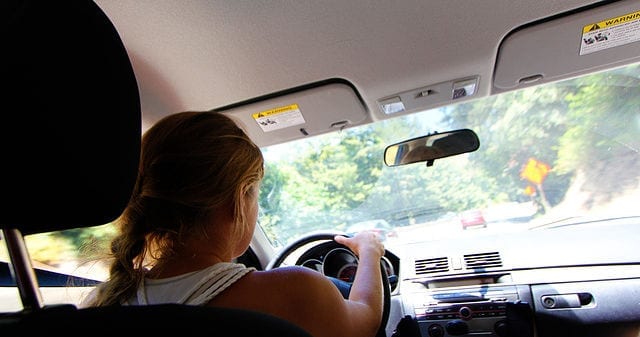The state has now legalized electronic coverage cards at the same time that license plate rules have been altered.
Two new laws have now become active in New Jersey that will have an impact on drivers, the first of which involves the way that they can provide proof of their auto insurance coverage and the other has to do with their license plates, which stated that plates can no longer be obscured.
The first makes it possible for drivers to provide proof of insurance in an electronic form, such as a device screen.
Governor Chris Christie has now signed a new bill into a law that will make it possible for drivers to show their auto insurance coverage card in electronic formats on smartphones, tablets, and other types of similar devices. This is legal when showing law enforcement officers as well as when registering vehicles and for other official purposes when proving that there is an insurance policy is required.
Drivers can now use their electronic proof of auto insurance instead of the traditional paper one if they wish.
 While the paper proof of insurance cards are still accepted, drivers can use their smartphones or other devices to show a digital form of the card and it will be considered equally acceptable. That said, if they want to stop carrying the traditional paper proof cards around with them and avoid getting a ticket, then it will be important for them to keep enough charge in their device batteries to display the image for the required amount of time.
While the paper proof of insurance cards are still accepted, drivers can use their smartphones or other devices to show a digital form of the card and it will be considered equally acceptable. That said, if they want to stop carrying the traditional paper proof cards around with them and avoid getting a ticket, then it will be important for them to keep enough charge in their device batteries to display the image for the required amount of time.
According to Senator Tom Kean (R-Union), this change in the insurance law is going to make things much simpler for drivers. “It’s important as technologies continue to change that steps like this be taken to modernize government services to ensure they are as efficient and convenient as possible.”
Many states have also implemented this auto insurance law in the hopes of reducing unnecessary backlogs in their court systems. The idea is that the easier it is for drivers to prove that they are insured, the less likely it will be that they will not be able to find their coverage when it is needed and then have to appear in court to prove that the coverage did exist at the time when it had been requested.
